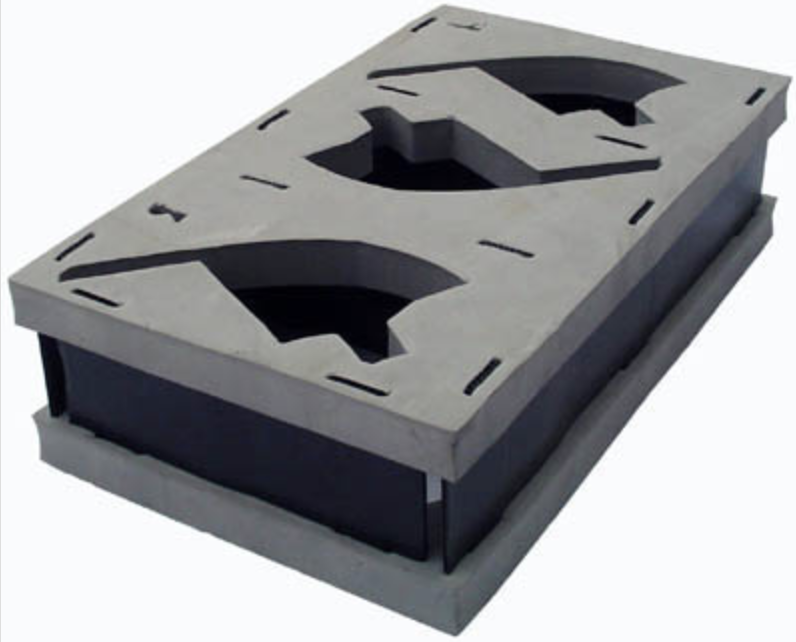Products that get damaged during shipping can have a severe impact on your business. It’s not just the financial loss to consider; it’s also the risk your reputation will be hurt. Your clients won’t accept excuses like, “The shipping company damaged it.” Delicate items need more protection. High-quality foam offers a solution that is both effective and lightweight. It will:
• Absorb knocks and bumps and cushion your item
• Protect it from being scratched
• Offer insulation for products that require temperature control
Foam packaging is about more than everyday protection. It shows that your company cares about the condition of the items.
Is it More Expensive?
You might think that foam adds a lot of extra bulk and weight, but you’d be wrong on both counts. Modern foam can be tightly compressed to maximize space. Even when it’s tightly packed, it remains lightweight.
Naturally, there is a little extra bulk. But, when you factor how much safer your product is, it’s a small compromise.
The Different Types of Foam
Polyurethane
Manufacturers prize this type highly because it is so versatile. We can shape it in many different ways. It consists of open cells and is nice and soft. Polyurethane is similar to memory foam in that it recovers its shape fast if distorted. It’s excellent for lightweight products that are fragile. It’s also mildew-resistant and so works well for food-related products. The manufacturing industry uses it extensively.
Polyethylene
This type is a far denser form of foam. We make ours from closed-cell foam. Use it if you have products that need a firmer level of support. Polyethylene might be the type of foam that you see in a gun case, for example. The foam is resistant to both moisture and damage. It is effective at dampening vibrations and is an excellent insulator.
Anti-Static
If you’re manufacturing electronic components, you have to protect them from exposure to electricity. Anti-static foam will keep your parts safe from:
• Electrical charges
• Static
• Vibrations
It has excellent cushioning abilities as well. Something else to consider is that it prevents your components from conducting an electrical shock to devices outside the crate.
Convoluted Foam
Convoluted foam looks something like an egg carton. It has raised areas and dips. These contours provide an extra layer of protection. It’s also better than plain foam when it comes to absorbing shocks. It’s durable and of high quality.
Need Some Assistance Picking the Right Option?
Foam offers the ideal protective solution when you pair it with the perfect box or crate. But the full range of foams available makes it challenging to choose the ideal match. If you’re unsure of which is best, get in contact.
Our friendly consultants will talk you through your choices. They’ll answer any questions you might have and help you narrow down your best options. We’ll discuss these in terms of:
• Budget
• Level of protection needed
• The overall impression created by the packaging
Speak to one of our consultants today. We’ll help you cut losses from mishandling during shipping by finding the right mix of protective materials.
